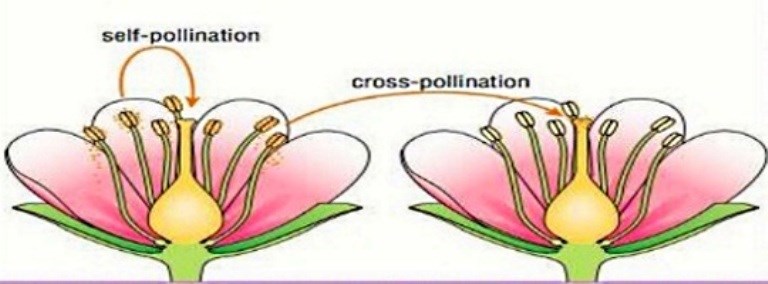Last week we talked about some basic background knowledge of pollination and flower types. This week, we will get into a bit more about the genetics, and in subsequent articles will focus on specific plant types so you will have more detailed help in harvesting seed from your favourite plants.
For thousands of years, people have been saving seeds. Most of these people have no formal training and certainly their focus was on food production and ensuring their families and communities could continue to grow plants whose production was successful in the coming years.
For gardeners, we often save seeds to preserve the production of their favourite vegetables or for the growth and harvest of improved crops. Depending on personal needs and preferences, selection of seeds to harvest and store might be for plants showing better flavour, size, resistance to pests or other disease issues, storability, colour, hardiness, shape of product or other important factors.
As home gardeners, we have smaller production areas, and generally will pay more attention to individual plants and their habits of growth. We enjoy an extended production of produce to ensure we have longevity in providing food for our families and communities. In more industrial production, the focus is generally on a larger scale that will have crops ripen all at the same time so efficient harvesting can occur using machines rather than by the human hand.
We who cherish the romance of growing what some of our favourite people have grown or growing what was produced in the old country, take pleasure out of the process of the harvesting of seeds as well as the enjoyment of the product itself. The practice of saving seeds is rewarding and even empowering and is actually relatively easy. First it is important to grow plants that will breed true or produce a seed that when grown again will produce the expected product that is the same or similar to the parent plant. After ensuring you are growing open pollinated, heirloom or heritage seed, you basically harvest the seeds when they are ready, ensure they dry down and then you store them.
One of the important considerations of harvesting quality seed at the right time is understanding the life cycle of the plant that is growing the seeds. Plants are annual, biennial or perennial and need to be harvested accordingly. Annual plants (lettuce, tomatoes) will flower and produce mature seeds in the same year as long as the growing season is adequate. Biennial (carrots, beets) are usually harvested in their first summer or fall but will not produce seed until the next year. If your climate is mild enough to allow survival of the plants with a bit of mulching that is wonderful but where I live in the middle of Saskatchewan, most biennials must be carefully lifted and stored elsewhere and replanted in the spring to ensure survival for the second year of growth when they will produce seed. Perennials will live and bear seed year after year.
Plants are also classified as either self-pollinating or cross-pollinating and sometimes will be classified as being both. Self- pollinating plants have both male and female plant parts and will not need other plants for successful pollination. In most cases pollination will occur successfully with a single bloom, thus creating seeds that are characteristically close to the parent plant or considered to being true. Cross-pollinated plants will be pollinated by other flowers or by other flowers on other plants so the resulting seed shows great genetic variability, so a plant growing from a cross-pollinated seed will rarely exhibit the same characteristics and the parent plant. If your wish is to harvest seed from cross-pollinated plants, care must be taken to separate those plants from each other in order to be able to harvest seed that is true.
Watch next week for more on saving seeds.
Hanbidge is the Lead Horticulturist with Orchid Horticulture. Find us at www.orchidhort.com; by phone at 306-931-4769; by email at [email protected]; on facebook @orchidhort and on instagram at #orchidhort




